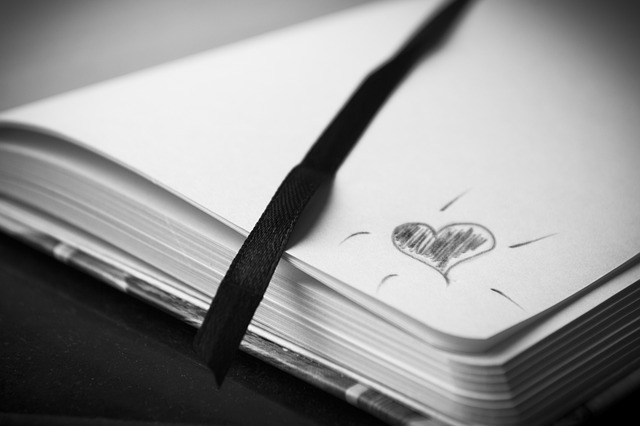Drawing is more than a mere amalgamation of lines and shapes on a canvas. It is a process, an intimate journey from a sketch to a lifelike portrayal, particularly when drawing animals. Let’s delve into the subject, focusing on the art of turning cat sketches into realistic portraits. This tutorial on how to draw a cat face provides a step-by-step process that highlights the importance of mastering the basics before embarking on detailed, lifelike portraits.
It is critical to understand the anatomy of a cat’s face. A cat’s eyes, which are distinguished by their almond shape, dominate its face. It is worth noting that the distance between their eyes is nearly equal to the width of one eye. The cat’s ears are broad at the base and slightly curved inwards at the top. The mouth is shaped like a little ‘w’ and sits beneath a broad snout, and the whiskers extend beyond the breadth of the body.
These key characteristics are the first step toward a realistic portrayal. Applying the same ideas to various species, on the other hand, can improve your general sketching skills. Learning to draw a dog, for example, will provide you insight into the many anatomical aspects of various animals. Your ability to accurately represent the spirit of your subject will naturally improve as you become more comfortable with a variety of formats.
The next step in producing realistic cat portraits is to refine your sketches using a variety of drawing techniques. If you are working digitally, tools like an XPPen graphics tablet can be incredibly helpful. Begin by lightly drawing the overall shape of the cat, using the XPPen to achieve precision and control, then gradually layering details. Begin with wide strokes to identify the main elements before moving on to fine lines to capture the nuances. Shading techniques like hatching and cross-hatching can add depth and texture to your artwork, imitating the cat’s fur and producing a three-dimensional look.
Using a variety of pencils with varying hardness levels will improve your drawings even more. If you’re using a traditional medium, harder pencils (such as H or 2H) are best for preliminary sketches and minute details, while softer pencils (such as B or 2B) are excellent for shading and accentuating darker regions. When using your XPPen, adjusting the pressure sensitivity can help achieve similar effects. This provides a varied tone range, emphasizing the lifelike nature of your cat images even more.
To bring your drawings to life, you must first grasp capturing the core of the subject – its personality, emotion, and even its motions. Whether you’re sketching with a traditional pencil or using an XPPen, these fundamental principles apply. According to artist Paul Klee, “Art does not reproduce what we see; rather, it makes us see.” So, pay attention to your feline subjects, attempt to comprehend their distinct qualities and actions, and incorporate them into your drawings. Digital tools like the XPPen can help you experiment and iterate quickly, allowing you to capture these subtle details effectively.
Practice is essential for enhancing your talents. “Keep going, keep going come what may,” famed artist Vincent Van Gogh said. Consistent practice and constructive feedback are necessary for skill development. Engage in observational sketching by observing your subject from multiple angles, lighting conditions, and scenarios. It’s useful to keep a sketchbook on hand in case of a fleeting position or an exciting play of light and shadow.
Color is also important in creating realistic cat portraits. Understanding and using color theory effectively may make your artwork more colorful and lifelike. Consider the color of the cat’s fur and its variations. To illustrate this, use a color palette, beginning with lighter colors and gradually adding deeper ones for depth and texture. Also, consider how light influences the color of the topic. The color can appear warmer or cooler depending on the lighting. Capturing these small shifts will lend a level of reality to your portraits.
Finally, keep the fire burning. Drawing is a very personal undertaking in which the artist expresses his or her vision and emotional connection to the subject. Each stroke you create carries a piece of you, resulting in a piece that is not just a vivid depiction of a cat, but also a representation of your artistic journey.
To summarize, creating simple sketches into lifelike cat pictures is an art form that demands more than just technical abilities. Understanding the structure of the cat’s face, employing suitable shading techniques, experimenting with different pencil grades, and researching how colors affect the final image are all required. Above all, it is critical to capture the spirit of the subject, its individuality, and distinctiveness, to create a truly accurate picture. We must endeavor as artists not just to portray what we see, but also to make others see what we see. The route from sketch to perfection is difficult, but it is through conquering these difficulties that we discover our true abilities and evolve as artists.
